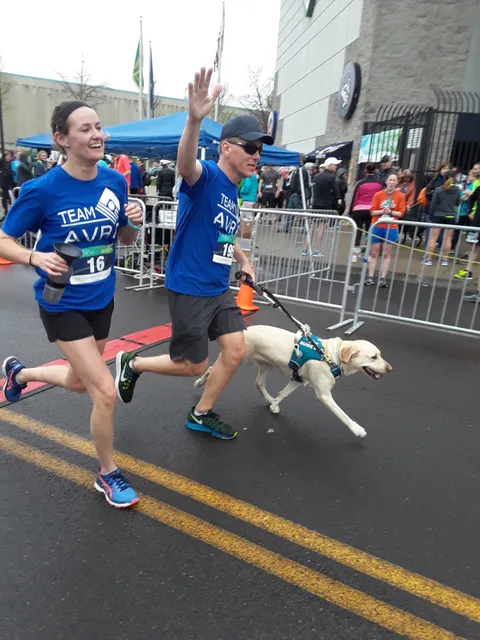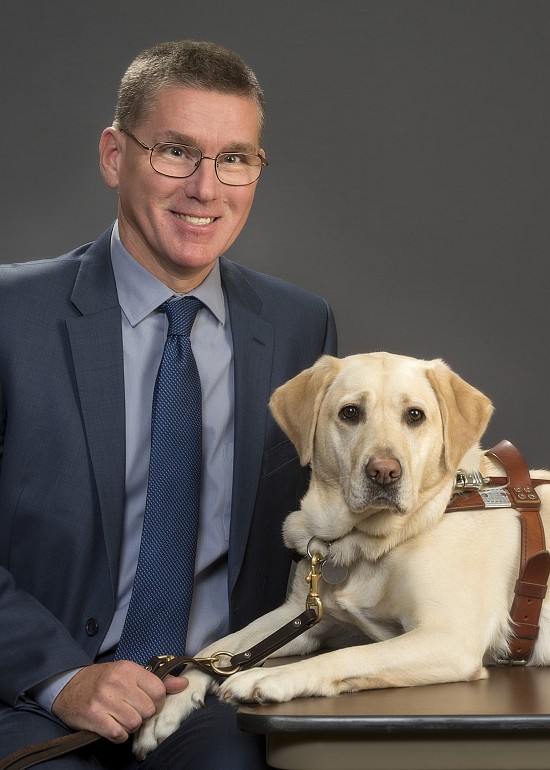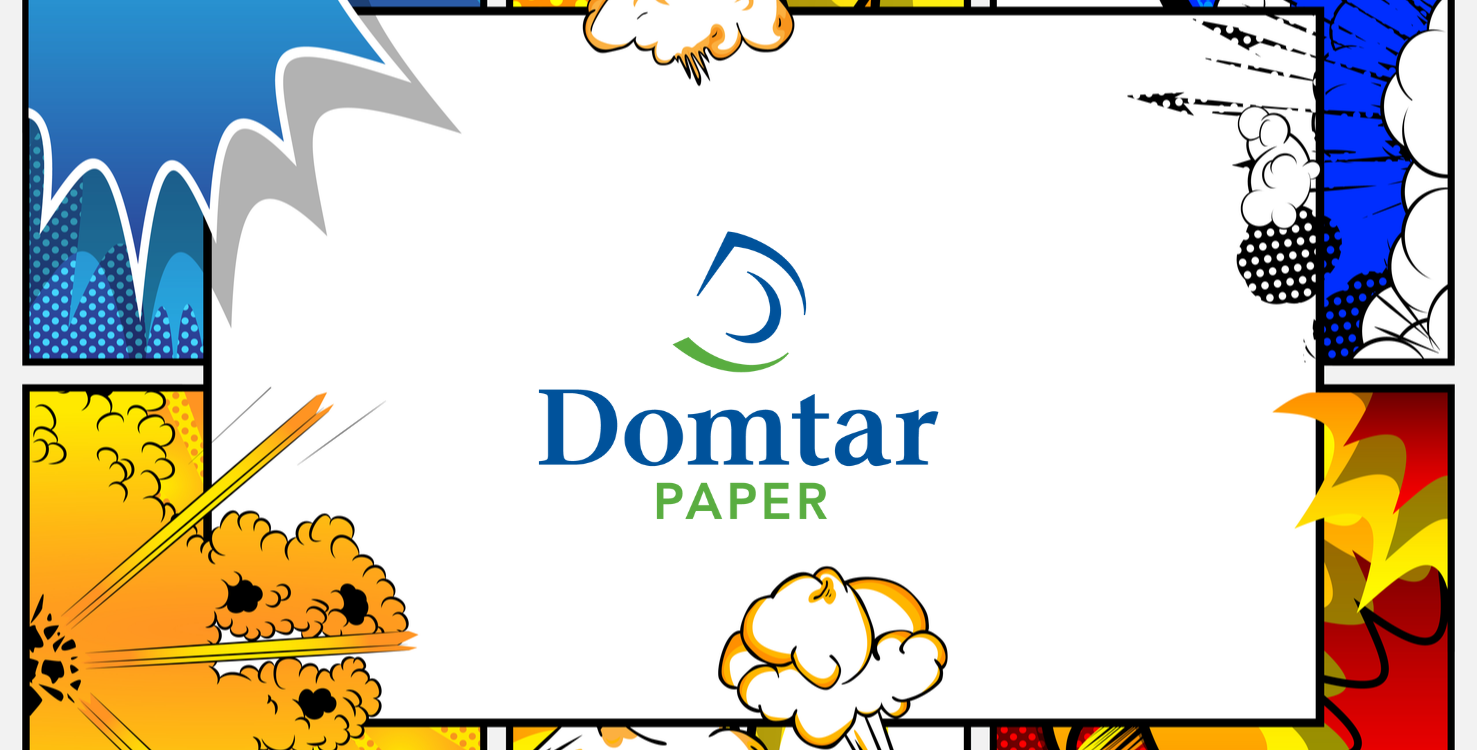What is a superhero? Is it someone who avenges and saves with special powers? A visitor from a planet far, far away? I like to think of a superhero as someone who shows up every day and makes an impact in their community but might fly under the radar if you aren’t paying attention.
Metropolis has Superman. Gotham, Batman. AVRE, Ken Fernald.

Defining a Superhero
How should we define a superhero? Stan Lee, father of Marvel Comics and brainchild behind countless superhumans, defines a superhero as “a person who does heroic deeds and has the ability to do them in a way that a normal person couldn’t.”
Jack Kirby, a man responsible for many successes in both the Marvel and DC comic book universes drew inspiration from his belief that a person can “transcend themselves to a point where they can accomplish greater things than they think.”
Culturally, we see often see superheroes as people who do and inspire more than we ever thought they would, so really the question seems to be: “what makes Ken Fernald a superhero?”
For starters, Ken is an accomplished athlete, family man and businessman. He holds a degree in Business Administration from SUNY- Broome. Through NIB’s Business Management Training program, he earned a certificate in Business Management from the University of Virginia’s Darden School of Graduate Business Administration. Ken has been featured in Runner’s World Magazine alongside his guide dog Winnie. He has also served on the boards of the UHS Foundation, New York Vision Rehabilitation Association (NYVRA), the National Association for the Employment of People who are Blind (NAEPB) and carried out his duties as CEO of the Association for Vision Rehabilitation and Employment, Inc (AVRE) all since being declared legally blind at the age of 8.

Ken Fernald and Winnie (Image credits to Runner’s World Magazine)
A Superhero’s Origin
Like most heroes, Ken Fernald emerged from modest beginnings. Born in 1975, Ken grew up in a family of six. He says his upbringing was “no different than my siblings’” despite having Juvenile Macular Degeneration. He completed chores, played games with his friends and attended school. While others may have believed that he needed to be specially accommodated, what he actually feared was being treated differently from his peers. As a result, he entered the workforce directly following high school rather than risk standing out negatively in college.
For Ken, post-high school life was good. His first job after graduating was in manufacturing and he and his peers swiftly discovered that he had a knack for it. He got married, received a promotion at work and even decided to further his knowledge of manufacturing by returning to school while working.
Unfortunately, while balancing both work and his studies, adversity struck and Ken was fired. This, Ken says, is when he learned that the disabled are the “last to be hired, first to be fired” and encountered the injustice that he would one day fight.
During his job search, Ken faced discrimination and was even told that a manager “wouldn’t stand for someone like him being hired at that workplace.” Running out of options, Ken spoke with one of his contacts at the Interstate Commission for the Blind who spoke of AVRE as a potential suitor. Ken was apprehensive because he believed that AVRE was more of a shelter for those with disabilities than a workplace, but he would soon learn that the company formerly known as the Blind Work Association was much, much more.
What Makes Us Super
Founded in 1926, Ken Fernald joined AVRE just as they were getting into paper and introducing TAPPI standards. The company describes itself as a private, non-profit organization that creates opportunities for success and independence with people who are blind or visually impaired and its business includes the manufacturing of a variety of paper-based office products. AVRE’s main focus is on making the workplace accessible. They have worked to incorporate adaptive technology into new equipment including:
- Their ream wrapper, sheeter and other machines speak verbally and are differentiated by male and female voices
- They have machines with the largest touch screens allowed and the homepages only show essential icons.
- Conveyor belts within the building, which would normally be white, are instead black or dark grey to create contrast against the white paper
Furthermore, federal funding mandates that 75% of tasks at AVRE must be completed by someone who is visually impaired, but AVRE takes pride in having 100% of its tasks completed by the Blind/Visually Impaired. In other words, the company that Ken joined in 1990 was far from a shelter, it was a force to be reckoned with and an added air of “Hey, it doesn’t matter here.”
Heartened by what he had found, Ken went back to work. He began his tenure with the AVRE on the manufacturing floor before overseeing Quality Assurance and then Manufacturing Operations. Prior to his current position, Ken was also the Vice President of Operations.
Outside of work, Ken cycled. When his vision worsened, he switched to running. That’s how he met his sidekick Winnie, a 2-and-a-half-year-old yellow lab. He took care of his family and built close relationships.
On this National Superhero Day, we are proud to feature Ken. In the face of adversity, he has risen above and surpassed the limitations that were projected onto him. He ventured outdoors when he didn’t know if others would treat him fairly, stood up for others and made a name for himself with the people who love him.
Superman is cool, Spiderman is fun and Batman is brooding. None of us can fly, swing or solve crimes like they can. What we can do, however, is our best every day. Alongside peers like Ken, we can all make a difference and become heroes in our own right to accomplish great things.
Ken says that AVRE is “just like any other manufacturer, we just don’t see so well.”
Sounds like a superhero to me.

For more articles like this one and many other topics, visit our blog.



Discussion